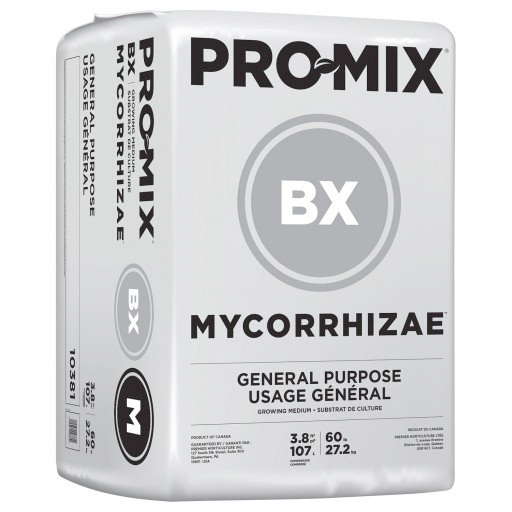
Chapter 31
The Mycorrhizae Story
The word "mycorrhizae" literally means "fungus-roots." Mycorrhizae are symbiotic soil fungi that are present in most soils and that attach themselves directly onto the roots of plants. They colonize the plant roots and extend the root system into surrounding soils, thus enhancing the absorptive surface area of root systems. They form an essential link between plant and soil thus helping their host plant absorb water and nutrients from the soil. In return, the plant provides food for the fungi, a symbiotic relationship. Because the surface area of the hyphae, the feeding structures of the mycorrhizae, may be several hundred times the surface area of the plant roots, the mycorrhizae make a larger soil area available to the host plant. The millions of tiny threadlike roots extend well beyond those of their host plants. Mycorrhizae have the potential to be a significant nutritional source for the host plant and can help a plant become less fertilizer dependent thereby reducing the need for fertilizers.

Mycorrhizae also enhance the health of plants by colonizing the plant root zone with sticky hyphae making it difficult for disease to get into the plant roots. The use of "good mycorrhizae" to block disease producing fungi such as Pythium, Fusarium, Rhizoctonia, and Tricoderma, which are all too common, is the best defense against these disease producing fungi. By growing through the soil, mycorrhizae improve the soil texture and allow for more oxygen to reach the root zone of plants.

Mycorrhizae thrive when the organic content of the soil is high. They deteriorate when the soil is disturbed, and are damaged or killed by such practices as tilling. Mycorrhizae are also destroyed when the soil is fumigated, sterilized, solarized, or drenched with most of the pesticides used to kill nematodes, grubs, and weeds. They do not do well when soil is left bare, and are sensitive to high levels of fertilizer. Because mycorrhizae are fungi, they are sensitive to all fungicides. Since most gardens are exposed to some or all of these things, they may well have reduced numbers of mycorrhizae.
Many plants may benefit from mycorrhizae fungi. Among these are tomatoes. That is why mycorrhizae should be of interest to tomato growers. Consideration should be given to inoculating your garden with these organisms.
There are many species of mycorrhizae in the soil, and plants may need more than one type simultaneously. Some of the more common species are glomus clarum, glomus deserticola, globus intraradices, globus monosporus, and globus margarita. There are hundreds more and some yet to be identified. No one knows specifically which ones to add to the soil, so it is a common practice when adding mycorrhizae to add several species at once. The number of species available in commercial mycorrhizae inoculants vary in the number from three species to as many as sixteen. Some inoculants are applied by placing them in the planting hole, sprinkling them on the soil just before planting, or watering them in. Instructions that come with the product should be closely followed. Inoculants are added to the soil in the spring at the time of planting.
In summary, mycorrhizae are important to a tomato garden and other gardens as well. By tilling and heavily fertilizing your garden, you may have severely reduced your mycorrhizae population. You can and should reintroduce these soil organisms to your garden. This may significantly increase the vigor of your plants and the size of your tomatoes.


